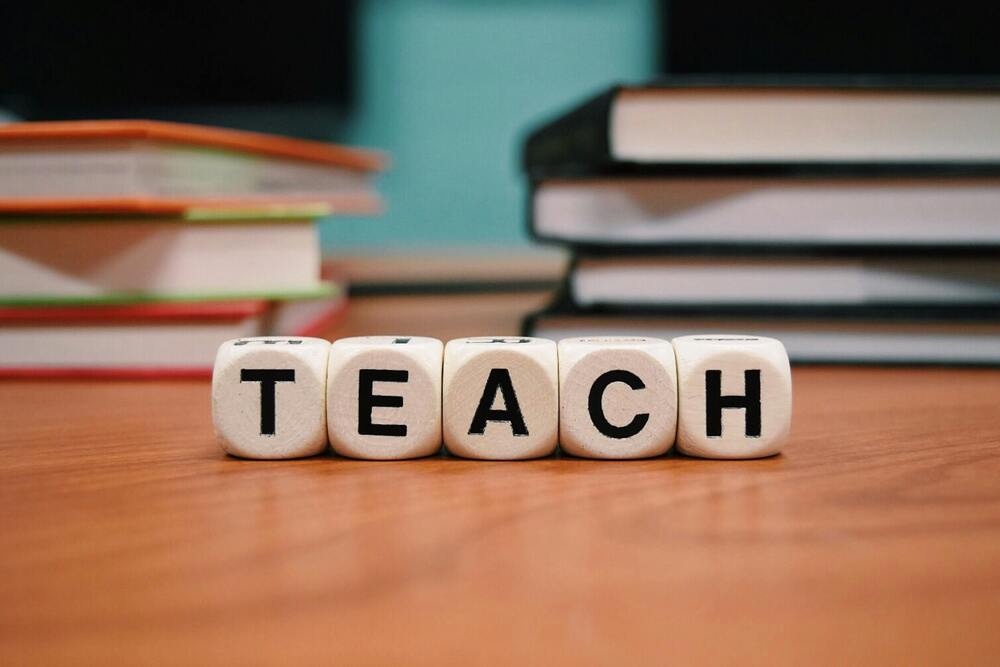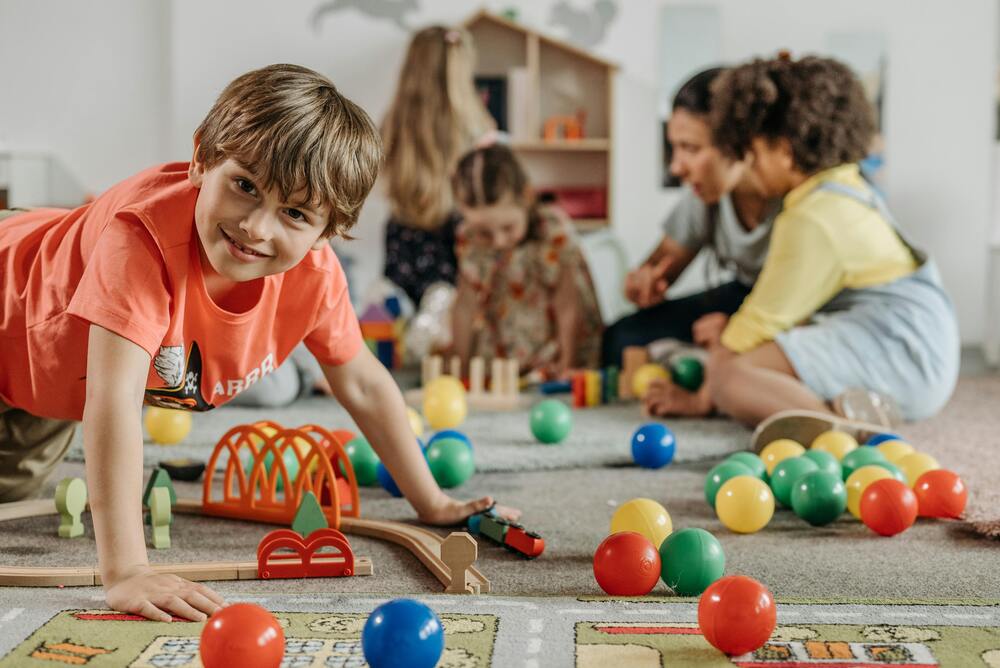In today’s fast-paced digital world, traditional teaching methods often fall short in capturing the attention of students. With distractions at every corner, educators are challenged to find innovative ways to engage their learners. This blog explores ten dynamic teaching methods that not only enhance student engagement but also foster a love for learning. Let’s dive in! ?

1. Flipped Classroom
The flipped classroom model turns traditional teaching on its head. Instead of introducing new content in class, students learn at home through videos and online resources. Class time is then dedicated to discussions, problem-solving, and hands-on activities. This method encourages active learning and allows teachers to provide personalized support.
Benefits of Flipped Classroom
- Increased Engagement: Students are more involved in their learning process.
- Flexible Learning: Learners can study at their own pace.
| Statistic | Percentage |
|---|---|
| Students who prefer flipped classrooms | 70% ? |
| Improvement in test scores | 30% ? |
2. Gamification
Gamification incorporates game elements into the learning process, making education more enjoyable. By using points, badges, and leaderboards, teachers can motivate students to participate actively. This method taps into students' competitive nature and encourages them to strive for excellence.
Key Features of Gamification
- Interactive Learning: Engages students through challenges and rewards.
- Immediate Feedback: Students receive instant results, helping them improve.
| Element | Description |
|---|---|
| Points | Earned for completing tasks or participating in class ? |
| Badges | Visual recognition of achievements ? |
| Leaderboards | Foster healthy competition among students ? |
3. Project-Based Learning (PBL)
Project-Based Learning allows students to explore real-world problems and challenges. By working on projects over an extended period, students develop critical thinking, collaboration, and communication skills. This method encourages creativity and helps students connect their learning to real-life situations.
Advantages of PBL
- Deep Learning: Students gain a thorough understanding of the subject matter.
- Skill Development: Enhances teamwork and problem-solving abilities.
| Statistic | Impact |
|---|---|
| Students engaged in PBL | 90% report higher motivation ? |
| Retention of knowledge | 75% better retention over time ? |
4. Inquiry-Based Learning
Inquiry-Based Learning (IBL) encourages students to ask questions and seek answers through exploration. This method promotes curiosity and critical thinking, allowing students to take charge of their learning. Teachers act as facilitators, guiding students in their quest for knowledge.
Benefits of IBL
- Student-Centered: Empowers learners to direct their own inquiries.
- Enhanced Understanding: Promotes deeper comprehension of concepts.
| Statistic | Outcome |
|---|---|
| Students who prefer IBL | 85% feel more engaged in learning ? |
| Improvement in critical thinking skills | 40% increase ? |
5. Collaborative Learning
Collaborative Learning emphasizes teamwork and peer interaction. Students work in groups to solve problems, complete projects, or discuss concepts. This method fosters a sense of community and helps students develop social skills.
Features of Collaborative Learning
- Peer Support: Students learn from each other’s strengths.
- Diverse Perspectives: Encourages sharing of different viewpoints.
| Statistic | Result |
|---|---|
| Students who thrive in collaborative settings | 78% report improved communication skills ? |
| Increase in overall academic performance | 25% boost in grades ? |
6. Technology Integration
Integrating technology into the classroom can significantly enhance student engagement. Tools like interactive whiteboards, educational apps, and online resources make learning more dynamic. Technology also prepares students for a tech-driven world.
Advantages of Technology Integration
- Interactive Learning: Engages students through multimedia resources.
- Access to Information: Provides a wealth of knowledge at their fingertips.
| Statistic | Impact |
|---|---|
| Students using technology in learning | 80% report increased interest in subjects ? |
| Improvement in digital literacy skills | 50% increase ? |
7. Mindfulness and Social-Emotional Learning (SEL)
Incorporating mindfulness and SEL into the curriculum helps students manage their emotions and develop resilience. Techniques such as meditation and reflection can improve focus and reduce anxiety, creating a positive learning environment.
Benefits of Mindfulness and SEL
- Emotional Regulation: Helps students cope with stress.
- Improved Focus: Enhances attention and concentration.
| Statistic | Outcome |
|---|---|
| Students practicing mindfulness | 65% report reduced stress levels ?♂️ |
| Improvement in classroom behavior | 30% decrease in disruptions ? |
8. Service Learning
Service Learning combines community service with academic learning. Students engage in projects that benefit their communities while applying classroom knowledge. This method fosters civic responsibility and enhances social awareness.
Advantages of Service Learning
- Real-World Application: Connects learning to community needs.
- Personal Growth: Encourages empathy and social responsibility.
| Statistic | Impact |
|---|---|
| Students involved in service learning | 90% report a greater sense of community ? |
| Improvement in academic performance | 20% increase in grades ? |
9. Differentiated Instruction
Differentiated Instruction tailors teaching methods to meet the diverse needs of students. By providing various learning options, teachers can accommodate different learning styles and abilities, ensuring that every student has the opportunity to succeed.
Benefits of Differentiated Instruction
- Personalized Learning: Addresses individual strengths and weaknesses.
- Increased Engagement: Students are more invested in their learning.
| Statistic | Outcome |
|---|---|
| Students benefiting from differentiated instruction | 75% show improved engagement levels ? |
| Increase in student confidence | 40% boost in self-esteem ? |
10. Experiential Learning
Experiential Learning emphasizes learning through experience. This method involves hands-on activities, field trips, and simulations that allow students to apply their knowledge in real-world contexts. It promotes active participation and deeper understanding.
Advantages of Experiential Learning
- Active Participation: Students learn by doing.
- Real-World Connections: Bridges the gap between theory and practice.
| Statistic | Impact |
|---|---|
| Students engaged in experiential learning | 85% report enhanced understanding of concepts ? |
| Improvement in retention rates | 50% increase ? |
In conclusion, the landscape of education is evolving, and it’s essential for educators to adopt innovative teaching methods that resonate with today’s students. By implementing strategies like flipped classrooms, gamification, and project-based learning, teachers can create an engaging and dynamic learning environment. For more insights on modern teaching techniques, check out resources like Edutopia and TeachThought. Let’s embrace these innovative approaches and inspire the next generation of learners! ?



